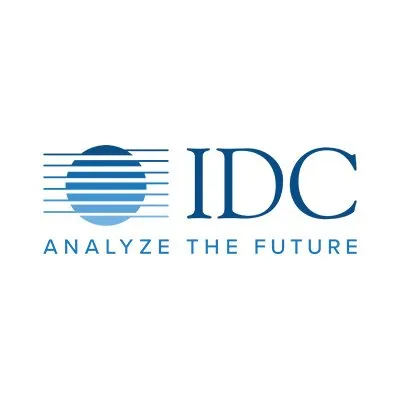
IDC reveals APEJ payment strategies predictions in 2021
APEJ region has been the focal point of digital transformation amidst COVID-19 pandemic.
The Asia Pacific excluding Japan (APEJ) region has been the focal point of digital transformation (DX) amidst the COVID-19 pandemic and the rapid shift in consumers’ digital behaviours driven by various stages of lockdown, according to the latest report by market intelligence firm IDC.
The study, which reveals payment strategies predictions in the APEJ region for 2021, has noted that the impact of increased digitalisation in payments has affected not only consumer payments, but B2B and cross-border payments as well. As such, DX changes that would have normally taken years were accelerated.
“The focal point of payment strategies in APEJ is the implementation of ISO 20022 messaging standards—with migration deadlines looming on November 2025—and the need of financial services industries (FSI) to start contending if they have not yet started on a data strategy to best leverage the influx of rich data that their systems will start seeing upon migration," IDC senior market analyst Darshiniy Selvaratnam said.
Amongst the key payment strategy predictions that will impact the IT industry, as well as technology and buyer suppliers in the APEJ region is that 40% of cross-border bank payments will use the ISO 20022 standard messaging framework by 2024.
Moreover, half of all bank payments will use artificial intelligence and machine learning to continuously optimise payment messaging and routing for cost and efficiency by 2025. Corporate banks will be revisiting credit scoring models and prioritising an open data strategy to improve loan health portfolio.
In the same year, IDC predicts that 85% of retailers will offer at least two different contactless payment options which will drive conversion and customer retention rates by 40% and 30%, respectively.
The region has also seen advancements in cross-border payment linkages with the inking of bilateral and multilateral agreements amongst Singapore, Malaysia, Thailand, Indonesia, and Vietnam—because of the large working population and tourism between the countries—by connecting their payment infrastructures to enable instant cross-border fund transfers.
“In the face of witnessing a massive change in payments across the region, many banks are seen to be making strategic investments in payments infrastructure which will allow them to cope with the potential new wave of payments soon to be upon them," Darshiniy said.



















 Advertise
Advertise






